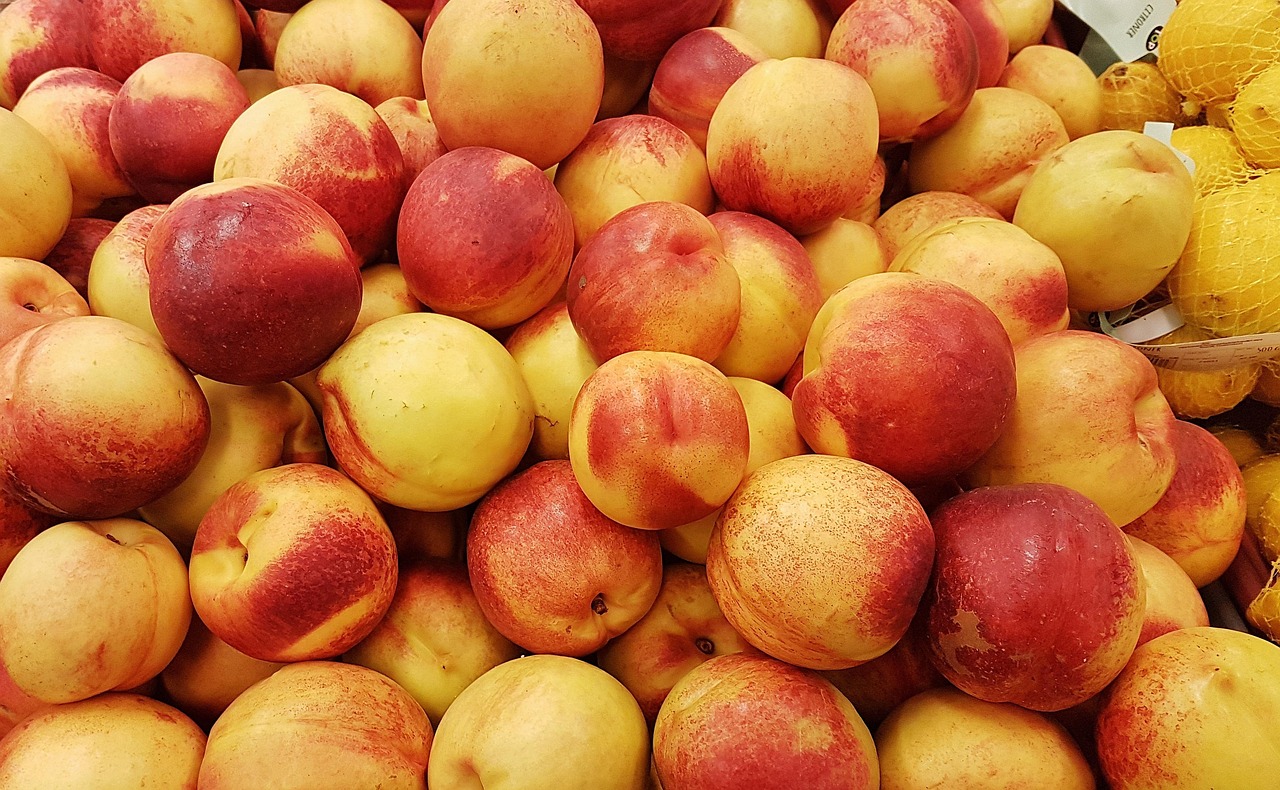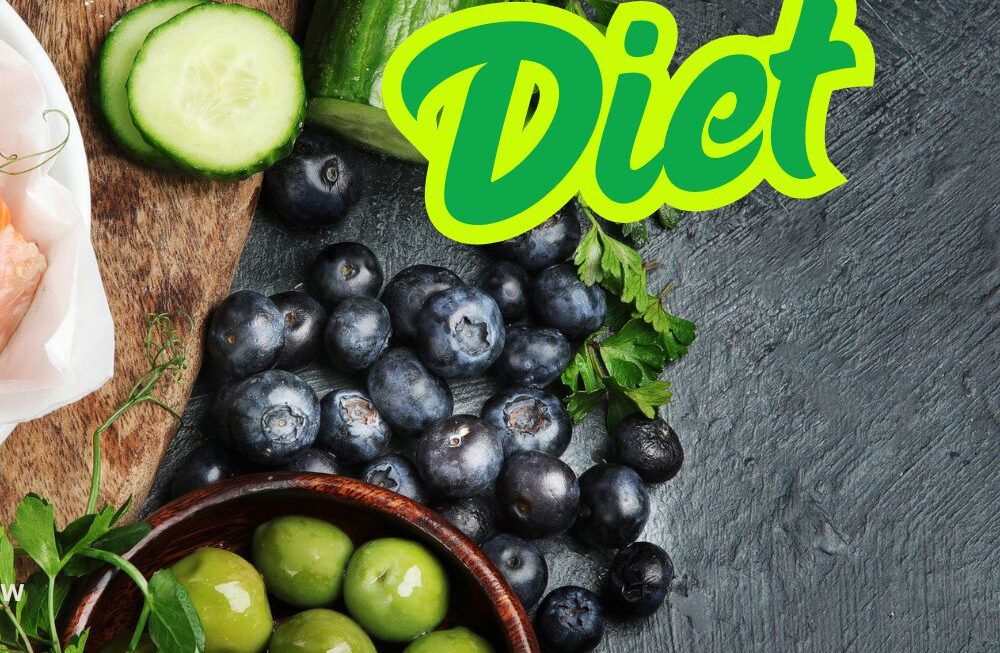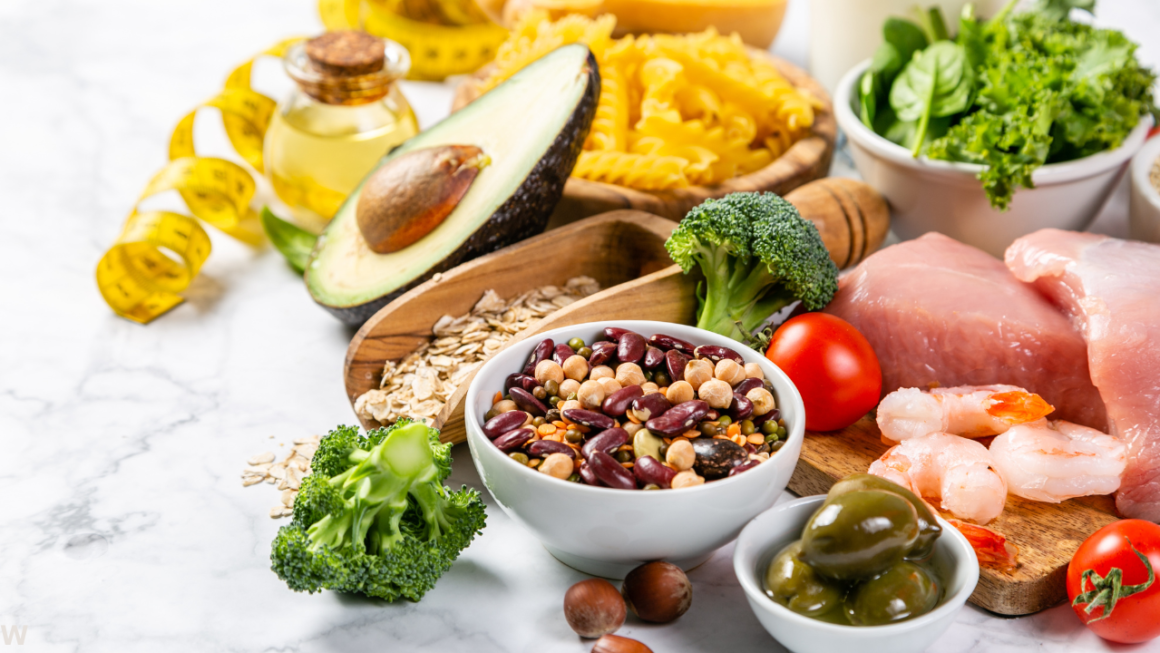“`html
Understanding Whole Foods: A Guide to Nutritional Choices
In recent years, the term “whole foods” has gained significant traction among health-conscious individuals, nutrition enthusiasts, and environmentally aware consumers alike. Whole foods, defined as foods that are minimally processed and free from artificial substances, provide a variety of benefits that can lead to improved health and well-being. This blog post aims to delve into the world of whole foods, examining their benefits, practical applications, and how to integrate them into your everyday diet.
The Definition of Whole Foods
Before we explore the benefits and applications of whole foods, it’s essential to clarify what this term encompasses.
What Are Whole Foods?
Whole foods can be categorized as:
- Fruits and Vegetables: Fresh, frozen, or dried options without added sugars or preservatives.
- Whole Grains: Options like brown rice, quinoa, oats, and whole wheat products.
- Beans and Legumes: Examples include lentils, chickpeas, and black beans that are unprocessed and in their natural state.
- Nuts and Seeds: Almonds, walnuts, chia seeds, and flaxseeds, ideally raw or dry-roasted without added oils.
- Animal Products: Grass-fed meats, free-range poultry, and fish, ideally organic and minimally processed.
The Benefits of Whole Foods
Incorporating whole foods into your diet offers a myriad of health benefits. Here are some notable advantages:
Nutritional Density
Whole foods are packed with essential nutrients that support overall health:
- High levels of vitamins and minerals
- Rich in dietary fiber, which aids digestion and promotes satiety
- Low in unhealthy fats and added sugars
Improved Health Outcomes
Research shows that a diet rich in whole foods can lead to:
- Decreased risk of chronic diseases such as heart disease and diabetes
- Enhanced mental well-being and cognitive function
- Greater energy levels and weight management capabilities
Environmental Benefits
Choosing whole foods can also benefit our planet:
- Organic whole foods promote sustainable farming practices
- Less packaging and waste compared to processed foods
How to Incorporate Whole Foods into Your Diet
Transitioning to a diet rich in whole foods doesn’t have to be daunting. Here are some practical tips:
Start with One Meal
Choose one meal each day to focus on whole foods. Here’s a simple plan:
- Breakfast: Blueberry oatmeal made with rolled oats and fresh blueberries.
- Lunch: A salad packed with leafy greens, cherry tomatoes, avocado, and a protein-rich bean.
- Dinner: Grilled salmon served with quinoa and steamed broccoli.
Grocery Shopping Tips
To ensure you’re purchasing whole foods, consider these shopping strategies:
- Shop the perimeter of the grocery store, where fresh produce, meats, and dairy products are typically located.
- Read ingredient labels and opt for items with few ingredients or those that are recognizable whole foods.
- Choose organic options when available, especially for produce that you eat with the skin.
Common Misconceptions About Whole Foods
Despite the growing popularity of whole foods, several misconceptions persist:
Whole Foods Are Expensive
While some whole foods can be pricey, others are budget-friendly:
- Beans, lentils, and seasonal fruits and vegetables are often affordable.
- Buying in bulk can reduce costs.
Whole Foods Are Difficult to Prepare
Preparing whole foods can be quick and straightforward:
- Opt for simple recipes with minimal cooking.
- Batch cooking can save time and ensure you have healthy options available during the week.
Conclusion
Whole foods provide a gateway to a healthier lifestyle filled with nutritional benefits and environmental sustainability. By understanding what whole foods are, embracing their advantages, and incorporating them into your daily meals, you can experience enhanced well-being and vitality. As you embark on your journey towards a whole foods-focused diet, remember that it’s about progress, not perfection. Small, consistent changes can lead to significant improvements in your health over time.
“`






